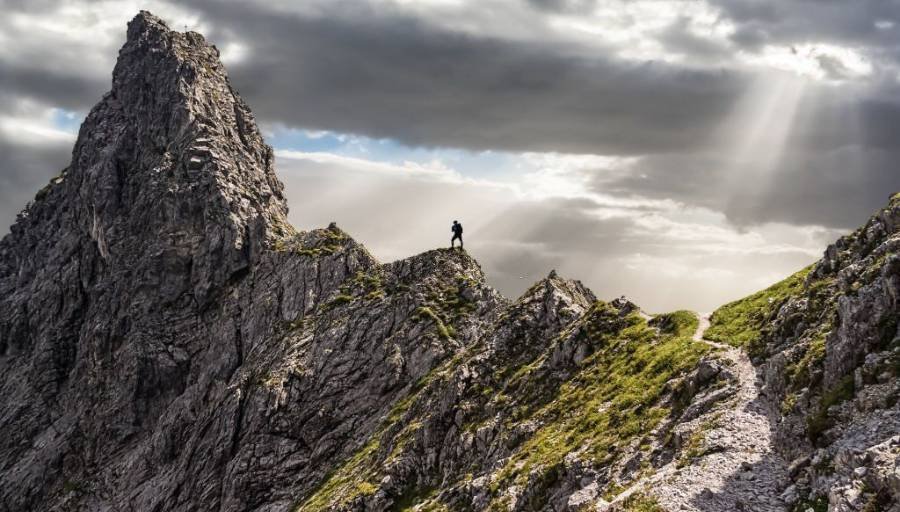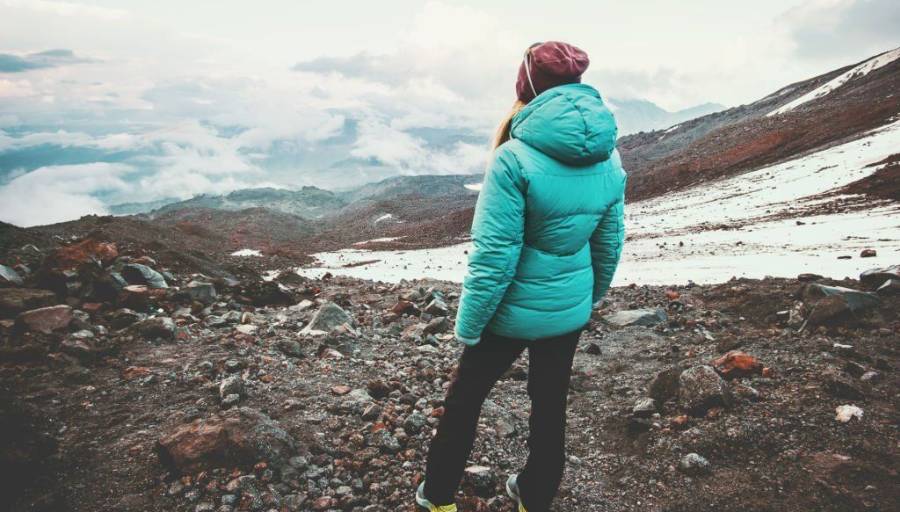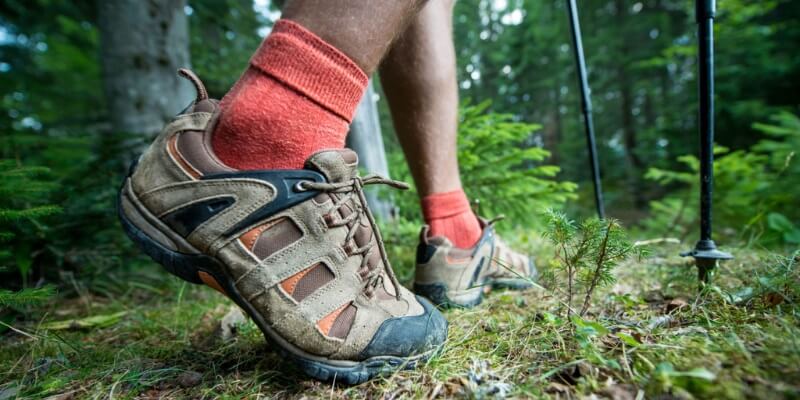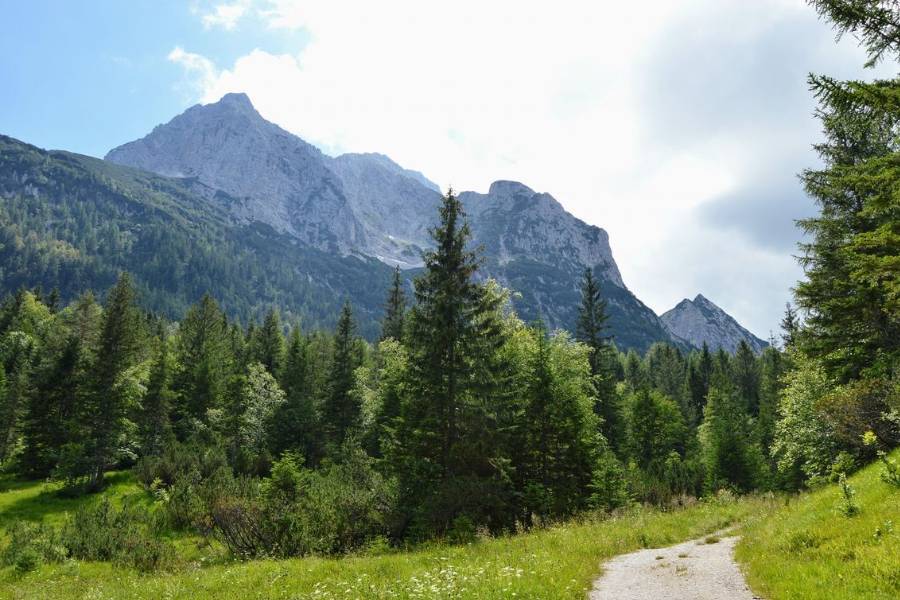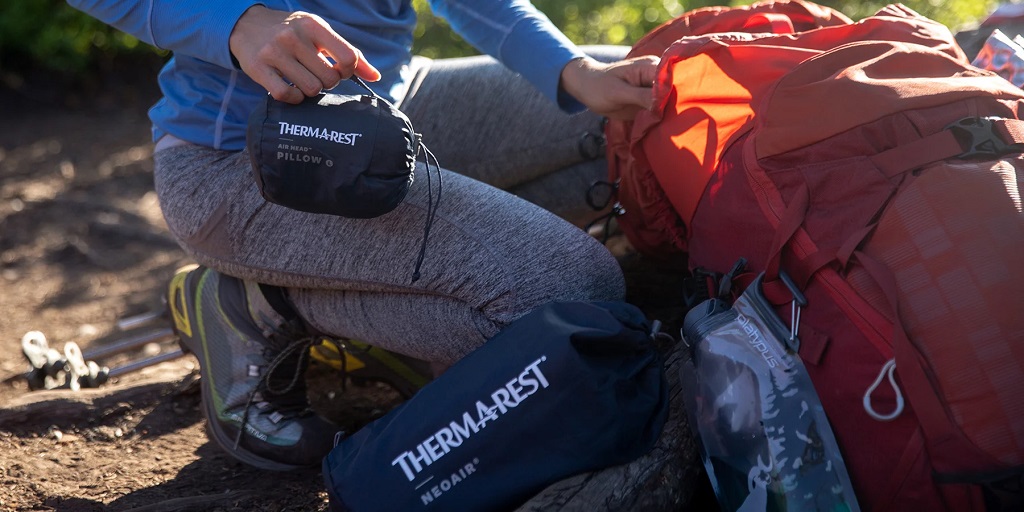Tips for Hiking with Toddlers
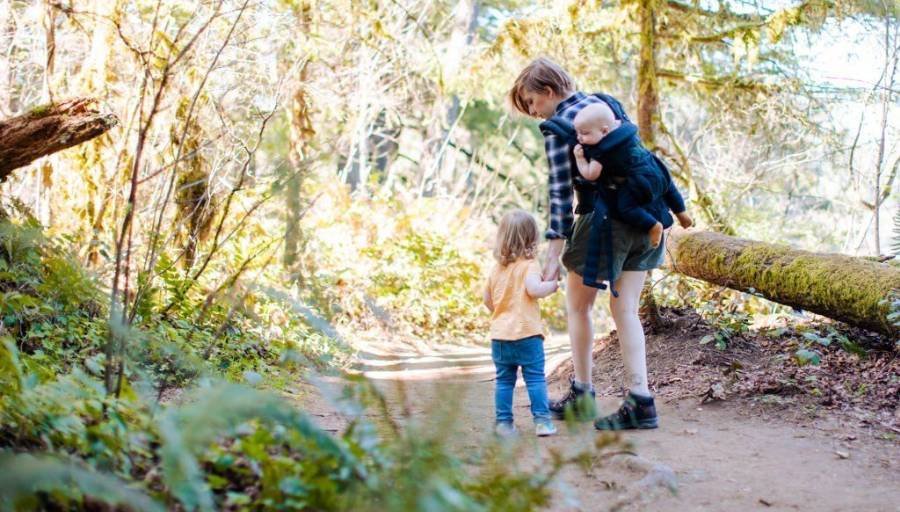
Hiking with toddlers can be a wonderful way to introduce them to the trails and encourage a love for nature from an early age. However, it can also present some unique challenges. Toddlers have their own set of needs, energy levels, and limitations, which need to be considered to ensure a safe and enjoyable experience for everyone involved. In this guide, we’re going to share valuable tips and strategies for a successful hiking trip with your toddlers.
Choose an appropriate trail
Select a trail that is suitable for their age and abilities. Look for shorter and easier paths with gentle inclines, wide paths, and minimal obstacles. Consider trails with interesting features like lakes, waterfalls, or wildlife sightings to keep your toddlers engaged and motivated.
Start with shorter hikes
Young children have limited stamina, so it’s best to start with shorter hikes and gradually increase the distance as they build endurance. Begin with hikes that can be completed within a couple of hours, and assess your toddler’s comfort level and energy throughout the hike.
Plan for breaks
Toddlers have shorter attention spans and may need more frequent breaks. Plan for regular rest stops where your toddler can rest, eat snacks, and explore their surroundings. These breaks will help them recharge and avoid becoming overtired or cranky.
Time your hike
Consider your baby’s natural rhythms when planning your hike. Choose a time of day when they are well-rested and generally in a good mood. Avoid scheduling hikes during their nap time or close to meal times, as hungry or tired toddlers may become more fussy and less cooperative.
Pack essentials
Ensure you have all the essential items your toddler may need during the hike. Some important items to include are:
- Appropriate clothing: Dress your toddler in layers according to the weather. Remember to pack hats, sunscreen, and insect repellent.
- Comfortable shoes: Invest in a pair of sturdy, well-fitting shoes for your toddler to prevent discomfort or injuries.
- Snacks and water: Pack a variety of healthy snacks to keep your toddler energized. Don’t forget to bring enough water for hydration.
- First aid kit: Carry a basic first aid kit containing band-aids, antiseptic wipes, and any necessary medications.
- Diapers and wipes: If your toddler is still in diapers, make sure to bring an adequate supply along with wipes for easy diaper changes.
Safety precautions
Safety should be a top priority when hiking with toddlers. Consider the following precautions:
- Stay on marked trails: Avoid straying off designated trails to prevent accidents and getting lost.
- Keep your toddler within sight: Toddlers can wander off quickly, so always keep a close eye on them and make sure they are within your sight.
- Child carriers or backpacks: For particularly challenging hikes or longer distances, consider using a child carrier or backpack designed for hiking. These can provide added safety and comfort for both you and your toddler.
- Teach them about hazards: Educate them about potential hazards on the trail, such as steep drops, unstable rocks, or poisonous plants. Encourage them to stay away from these dangers.
Engage and entertain
To keep your toddler engaged and interested in the hike, introduce fun activities along the way:
- Nature scavenger hunt: Create a simple scavenger hunt by making a list of items for your toddler to find in nature, such as specific leaves, rocks, or animal tracks.
- Nature identification: Teach them about different plants, trees, and animals you encounter on the trail. Bring along a nature guidebook or use smartphone apps to help with identification.
- Storytelling and singing: Share stories or sing songs related to nature and the outdoors to make the hike more interactive and entertaining.
Encourage exploration
Allow your kids to explore their surroundings within safe limits. Let them touch plants, examine rocks, and observe insects, while emphasizing the importance of leaving nature undisturbed.
Be flexible and patient
Flexibility and patience are key to ensuring a positive experience for everyone. Remember that hiking with toddlers may not go exactly as planned. Be prepared to adjust your expectations and itinerary based on your toddler’s mood and needs. If they’re tired or seem uninterested, it’s okay to cut the hike short or change your plans.
Capture the memories
Bring a camera or smartphone to capture special moments along the hike. Take photos of your toddler exploring, enjoying nature, and having fun. These memories will be cherished in the years to come.
FAQs
How do I motivate my toddler to hike?
Toddlers are naturally curious and love exploring. To motivate them to hike, make it a fun and engaging experience. Involve them in the planning process, let them choose a snack or a small item to bring along, and introduce games or activities like scavenger hunts. Encourage their curiosity by pointing out interesting things along the trail and allowing them to explore their surroundings.
How can I handle tantrums or meltdowns on the trail?
Toddlers can sometimes have tantrums or meltdowns, especially if they’re tired, hungry, or uncomfortable. Stay calm and patient, and try to address their needs. Take a break and offer snacks or water. Distract them with a game, a story, or a change of scenery. If necessary, be prepared to turn back or end the hike early. Remember that their safety and well-being are the top priorities.
Should I bring a stroller on the hike?
It depends on the trail conditions. Strollers are generally not suitable for rugged or uneven terrain. However, if you’re hiking on a well-maintained and flat trail, a sturdy all-terrain stroller may be an option. Consider the weight and size of the stroller, as well as the trail’s accessibility.
How do I deal with insect bites or sunburn?
To prevent insect bites, dress your toddler in lightweight, long-sleeved clothing and use insect repellent on exposed skin. Check them for ticks after the hike. Protect your toddler from the sun by applying sunscreen, dressing them in a hat and lightweight, breathable clothing, and seeking shaded areas during breaks. Carry soothing creams or remedies for bug bites or sunburn, just in case.
What if my toddler refuses to walk or insists on being carried?
If they refuse to walk, consider using a child carrier or backpack for a portion of the hike. Gradually encourage them to walk short distances, and praise and reward their efforts to build their confidence.
Conclusion
Remember that every child is different, so it’s important to adapt these tips to suit your toddler’s needs and capabilities. Choose an appropriate trail, start with shorter hikes, and plan for regular breaks to keep your toddler comfortable and engaged. Pack essential items such as clothing, snacks, water, and a first aid kit. Stay on marked trails, keep a close eye on your toddler, and teach them about potential hazards.
Lastly, don’t forget to capture the special moments and create lasting memories. So, lace up your hiking boots, pack your backpack, and embark on a wonderful hiking journey with your little one.
Happy hiking!

